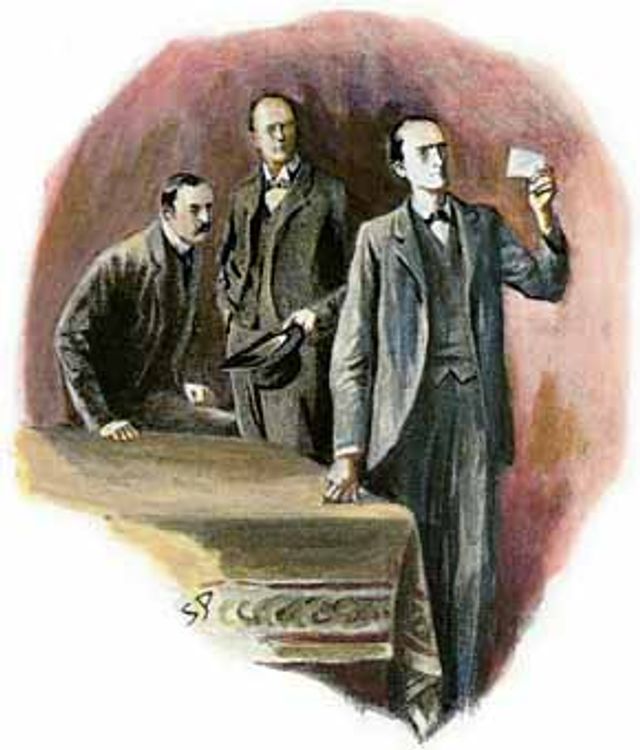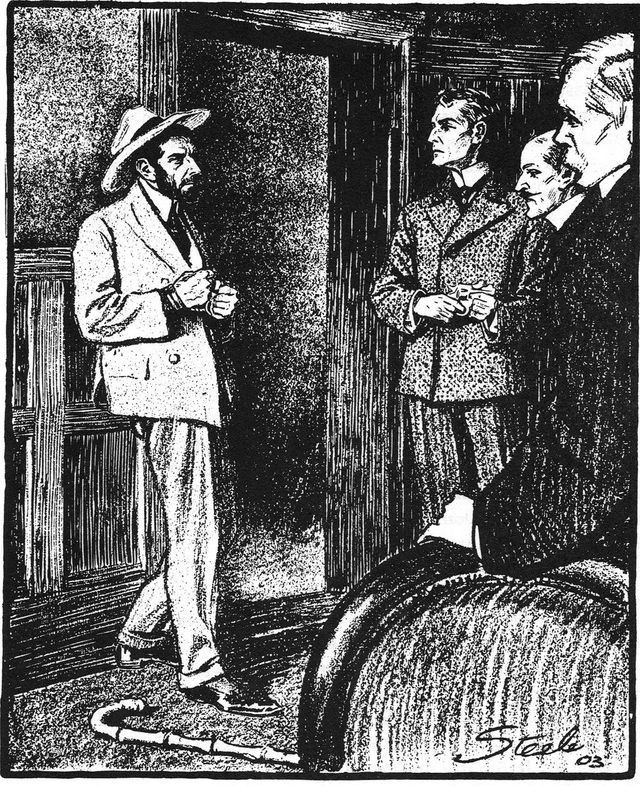-
Vijay Fafat
- Published on
It would not help to describe the story, since a Sherlock Holmes story must be read to be enjoyed for all the fantastical leaps of logic of deductions the detective employs. Suffice it to say that there is a love triangle and a very cute cipher (devised by a Chicago mob boss!) featuring stick figures of “dancing men” which Holmes cracks using frequency analysis. There is an unfortunate death in the story which, I guess, is an unavoidable plot device.
End Note: I should note that Alex Kasman had raised a very valid objection to classifying this story as mathfiction when I had first sent it to him. His thought was that while cryptography and mathematics have very strong connections for both, ciphering methods (like RSA algorithm) and deciphering algorithms (like Turing’s work and frequency methods), the presence of cryptography alone cannot make a story mathfiction.
In general, I agree with him. However, when the cryptography becomes a central part of the story AND makes up for a large fraction of the story, it gives a strong taste of mathfiction. Which is also why a short story based entirely on cryptography is more likely to qualify as being mathematical than a large novel where it may play a very small role.
In any case, I leave it to the reader to decide for herself.


